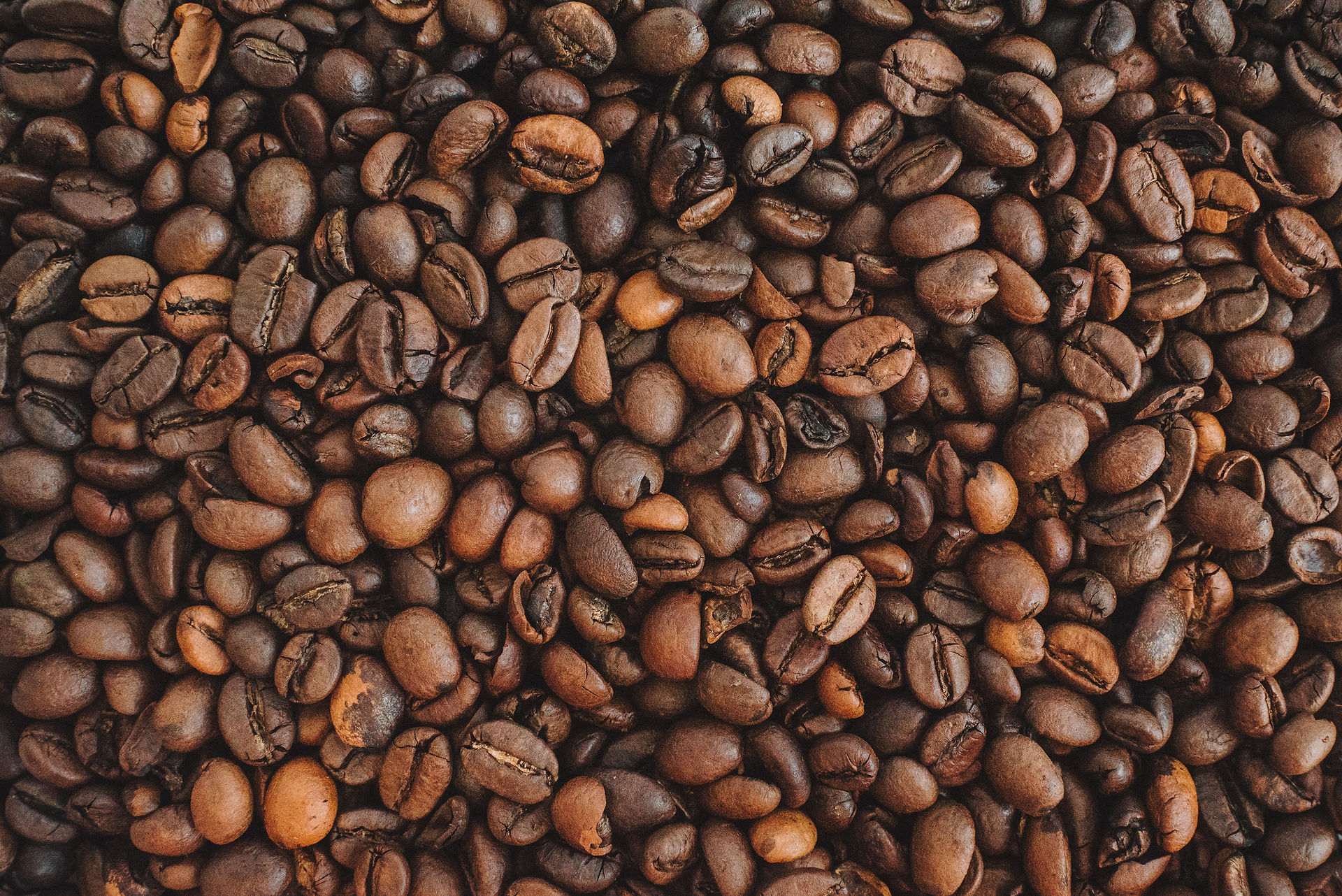
BEANS+ RESOURCES
Keen to know more about the science behind BEANS+...?
Curtin, Lindsay. 2022. “What is Turkey Tail”. Verywell Health. https://www.verywellhealth.com/turkey-tail-mushroom-6890534
Geng, Ping, Siu, 1Ka-Chai, Wang, 1Zhaomei, and Wu, Jian-Yong. 2017. “Antifatigue Functions and Mechanisms of Edible and Medicinal Mushrooms.” Hindawi 2017: Article ID 9648496.
https://doi.org/10.1155/2017/9648496
Habibi , Emran, Sadat-Ebrahimi, Seyed Esmaeel, Mousazadeh, Saeed Ali and Yaghoub Amanzadeh. 2015. “Mycochemical Investigation of the Turkey Tail Medicinal Mushroom Trametes versicolor (Higher Basidiomycetes): A Potential Application of the Isolated Compounds in Documented Pharmacological Studies”. International Journal of Medicinal Mushrooms 17(3):255-65. doi: 10.1615.
Kıvrak, Ibrahim, Kivrak, Seyda and Erşan Karababa.2020. “Assessment of Bioactive Compounds and Antioxidant Activity of Turkey Tail Medicinal Mushroom Trametes versicolor (Agaricomycetes)”. International Journal of Medicinal Mushrooms 22(6):559-571. doi: 10.1615.
Kumar 1, Rajesh, Negi, P S, Singh, Bhagwat, Ilavazhagan, Govindasamy, Bhargava, Kalpana, and Niroj Kumar Sethy. 2001. “Cordyceps sinensis promotes exercise endurance capacity of rats by activating skeletal muscle metabolic regulators”. Journal of Ethnopharmacology 136(1):260-6. doi: 10.1016
Stamets, Paul. 2012. “Trametes versicolor (Turkey Tail Mushrooms) and the Treatment of Breast Cancer”. Global Advances in Integrative Medicine and Health 1 (5): doi: 10.7453
Van De Walle, Gavin. 2018. “6 Benefits of Cordyceps, All Backed by Science”. Health Line. https://www.healthline.com/nutrition/cordyceps-benefits


